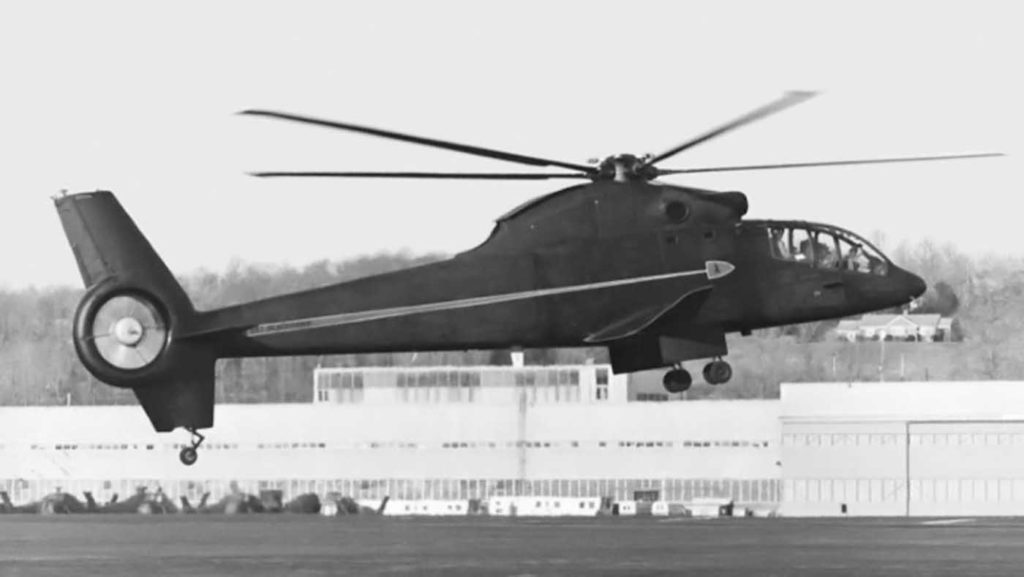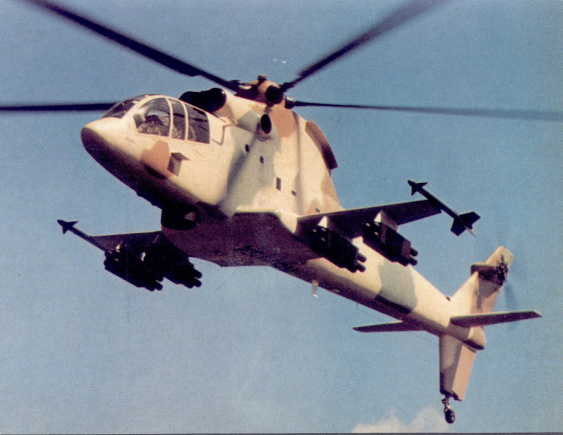The S-67 Blackhawk: A Forgotten Marvel of Military Aviation
The S-67 Blackhawk faced setbacks and challenges, but Sikorsky remained undeterred in its pursuit of a formidable attack helicopter. While the H-60 series of Black Hawk helicopters has since become legendary for their battlefield prowess, the story of the S-67 Blackhawk is a fascinating chapter in the history of military aviation.
In the lead-up to the Vietnam War, the U.S. Army initiated the Advanced Aerial Fire Support System (AAFSS) program, aiming to design a helicopter explicitly tailored for armed military action. In 1965, contracts were awarded to both Lockheed and Sikorsky for further development of their respective designs. Sikorsky entered the S-66, while Lockheed presented the CL-840 Cheyenne. Eventually, Lockheed’s proposal won the contract, only to see the program canceled in 1969 due to technical issues.
Despite the Cheyenne’s failure, Sikorsky recognized the increasing importance of military helicopters in the evolving battlefield. They began work on a new attack helicopter design in 1969, which would later become the S-67 Blackhawk. Remarkably, the development of this high-speed gunship was entirely self-funded by the United Aircraft Corporation, showcasing their determination to secure a future defense contract.
The S-67 Blackhawk incorporated lessons learned from the S-66 and addressed the shortcomings of the Cheyenne. This innovative helicopter featured swept wings and a cambered vertical fin, a design that improved directional stability. The tail rotor managed torque compensation at low speeds, but the fin took over at higher speeds, enhancing the helicopter’s performance.
One of the standout features of the S-67 was its extendable airbrakes, which could be fully deployed or retracted in a matter of seconds. These airbrakes significantly reduced stopping distances, making the Blackhawk incredibly maneuverable. Combined with its 27-foot wingspan and stabilizing fin, the S-67 excelled in target acquisition and engagement at various speeds.
Despite its slim profile, the S-67 had a transport cabin capable of accommodating up to six fully-equipped soldiers behind the cockpit. It could reach speeds exceeding 165 miles per hour while performing troop transport duties. Additionally, the cabin could be outfitted with electronic equipment for observation and surveillance missions.
The S-67 Blackhawk was powered by two General Electric T58-GE-5 1,500 horsepower turbine engines, allowing it to achieve impressive speed records. Moreover, it could carry a substantial payload of weapons and ammunition, including a turret-mounted 7.62 machine gun, 20 and 30mm cannons, 40mm grenade launchers, and wing-mounted rockets or TOW missile pods for engaging heavy armor or tanks.
Despite its capabilities and successful testing, the S-67 Blackhawk faced an unfortunate turn of events. In 1972, the U.S. Army decided to pursue a new helicopter under the Advanced Attack Helicopter (AAH) program, ultimately leading to the selection of the AH-64 Apache over the Blackhawk and Bell’s King Cobra.
Nevertheless, Sikorsky persevered by showcasing the S-67 in Europe and the Middle East to potential foreign buyers. However, tragedy struck during a low-altitude flight demonstration, resulting in the loss of the only working prototype and the lives of two Blackhawk pilots.
In the end, despite the promise and progress of the S-67 Blackhawk, the program was discontinued due to a lack of military interest. Yet, this chapter in Sikorsky’s history paved the way for the development of the H-60 utility helicopter, which later entered service as the UH-60 Black Hawk, reminding us that sometimes, even in the world of military aviation, a cool-sounding name can make all the difference.











